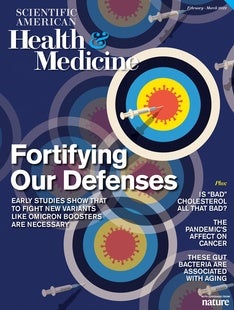 |
| February 10, 2022 |
Dear Reader,
This week, we're going back to basics with a selection of articles highlighting classic problems in physics that are receiving fresh reappraisals. First up, our lead story reports on new work uncovering the long-sought equations dictating how turbulence arises within liquids sloshing around a container. From there, you can explore the remarkable history of quantum spin—the counterintuitive phenomenon that ensures matter's solidity, and thus prevents you falling through the floor as you read this. Finally, peruse our piece about a new application of the Leidenfrost effect, an interaction between hot and cold materials that can cause liquid water, and now solid ice, to levitate on a cushion of gas. |
| |
 |
| |
| |
| |
| |
| |
| |
| |
FROM THE STORE
 | | Mars: A New Era of Exploration Was there ever life on Mars? Could life exist there? The latest of nearly 50 missions, NASA's Mars Perseverance Rover is the opening shot of an ambitious plan to find answers. In this eBook, we look at the Red Planet: what we've learned from past rovers, the challenges of space travel and searching for life, proposals for how to make Mars livable and how Perseverance could change everything we know for decades to come. |  | | |
| |
| |
FROM THE ARCHIVE
 | | | |
LATEST ISSUES
 |
| |
| Questions? Comments?  | |
| Download the Scientific American App |
| |
| |






















